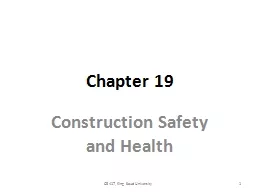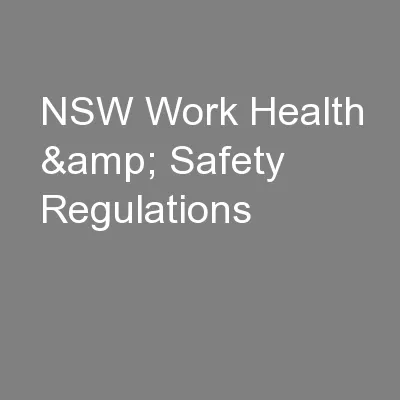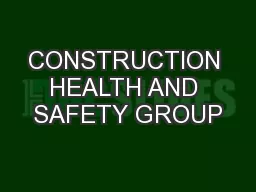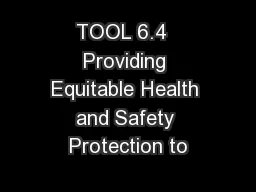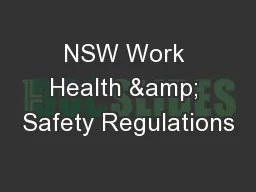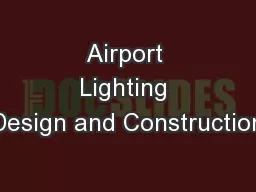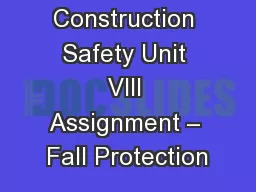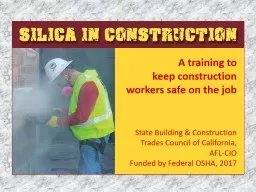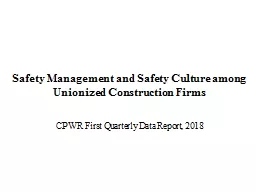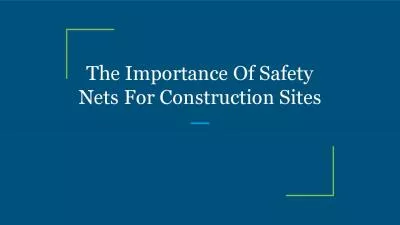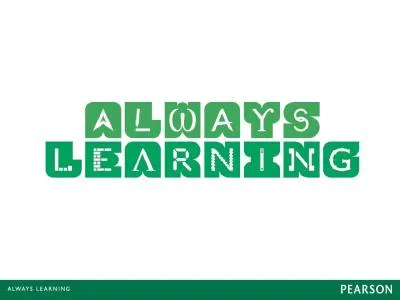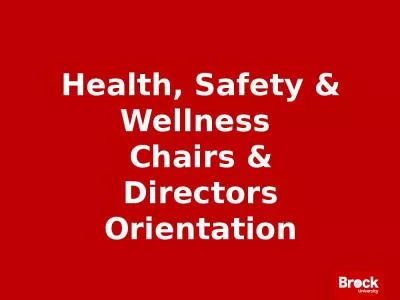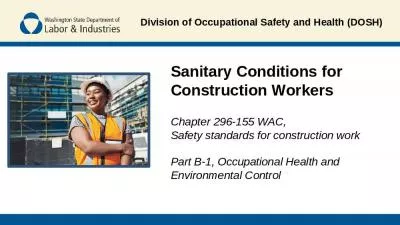PPT-Chapter 19 Construction Safety and Health
Author : phoebe-click | Published Date : 2018-02-25
1 CE 417 King Saud University Chapter 19 191 IMPORTANCE OF SAFETY 192 OSHA 193 SAFETY PROGRAMS 194 SAFETY PROCEDURES 195 ENVIRONMENTAL HEALTH IN CONSTRUCTION 2
Presentation Embed Code
Download Presentation
Download Presentation The PPT/PDF document "Chapter 19 Construction Safety and Heal..." is the property of its rightful owner. Permission is granted to download and print the materials on this website for personal, non-commercial use only, and to display it on your personal computer provided you do not modify the materials and that you retain all copyright notices contained in the materials. By downloading content from our website, you accept the terms of this agreement.
Chapter 19 Construction Safety and Health: Transcript
Download Rules Of Document
"Chapter 19 Construction Safety and Health"The content belongs to its owner. You may download and print it for personal use, without modification, and keep all copyright notices. By downloading, you agree to these terms.
Related Documents

